Choosing the right color palette for your e-commerce website is crucial. It’s not just about aesthetics.
It’s about driving conversions.
A well-chosen color palette can influence customer perception, build brand recognition, and ultimately, impact your bottom line. This article dives deep into the psychology of color.
We’ll explore 11 killer color palette combinations. And, most importantly, we’ll give you actionable advice to implement them in your e-commerce store.
Why Color Matters in E-commerce
Color is a universal language.
It evokes emotions.
It triggers memories.
It influences buying decisions.
Think about it. Red often signals urgency or excitement. Blue is associated with trust and stability. Green can represent growth and nature.
Your e-commerce website’s color palette is the first thing visitors notice. It sets the tone for their entire shopping experience.
It can make your brand memorable.
Or it can make it forgettable. A strategic color palette can:
- Increase brand recognition: Consistent color use makes your brand instantly recognizable.
- Improve user experience: A well-designed color scheme enhances readability and navigation.
- Drive conversions: Certain colors can nudge customers towards making a purchase.
- Build trust and credibility: The right colors communicate professionalism and reliability.
11 Winning Color Palette Combinations for E-commerce
Here are 11 color palette combinations that work wonders for e-commerce websites:
1. Classic Blue and White
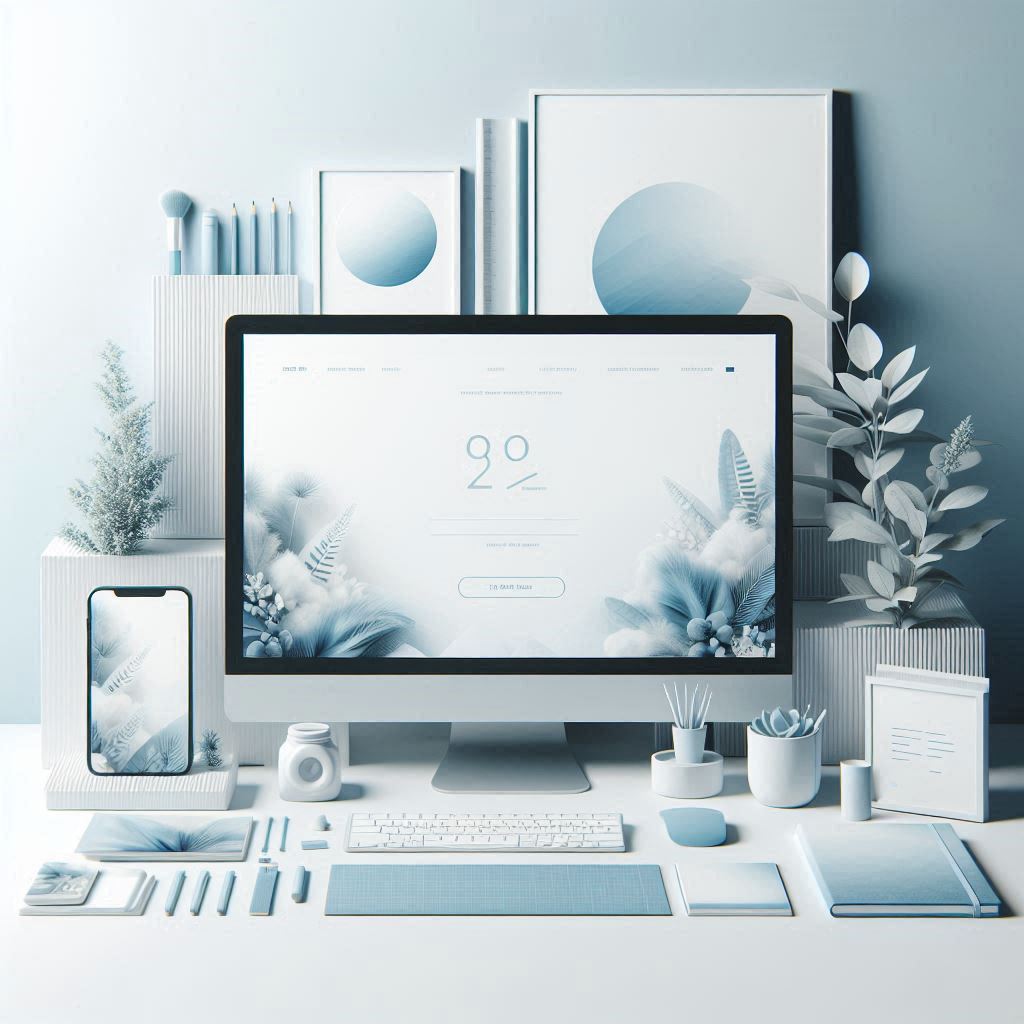
This timeless combination exudes trust, professionalism, and cleanliness.
Psychology: Blue evokes feelings of calmness and reliability. White represents purity and simplicity.
Best for: Businesses in finance, technology, healthcare, and corporate sectors.
2. Energetic Red and Orange
This vibrant palette creates a sense of excitement, urgency, and energy.
Psychology: Red stimulates action and attention. Orange represents enthusiasm and creativity.
Best for: Businesses in the food, entertainment, and fashion industries.
Example: A food delivery app using red for its call-to-action buttons and orange for its logo.
3. Trustworthy Blue and Green
This calming and nature-inspired combination conveys trust, growth, and sustainability.
Psychology: Blue fosters trust and tranquility. Green represents health, nature, and prosperity.
Best for: Eco-friendly businesses, health and wellness brands, and organic products.
Example: A sustainable clothing brand using blue and green in its website design.
4. Sophisticated Black and White
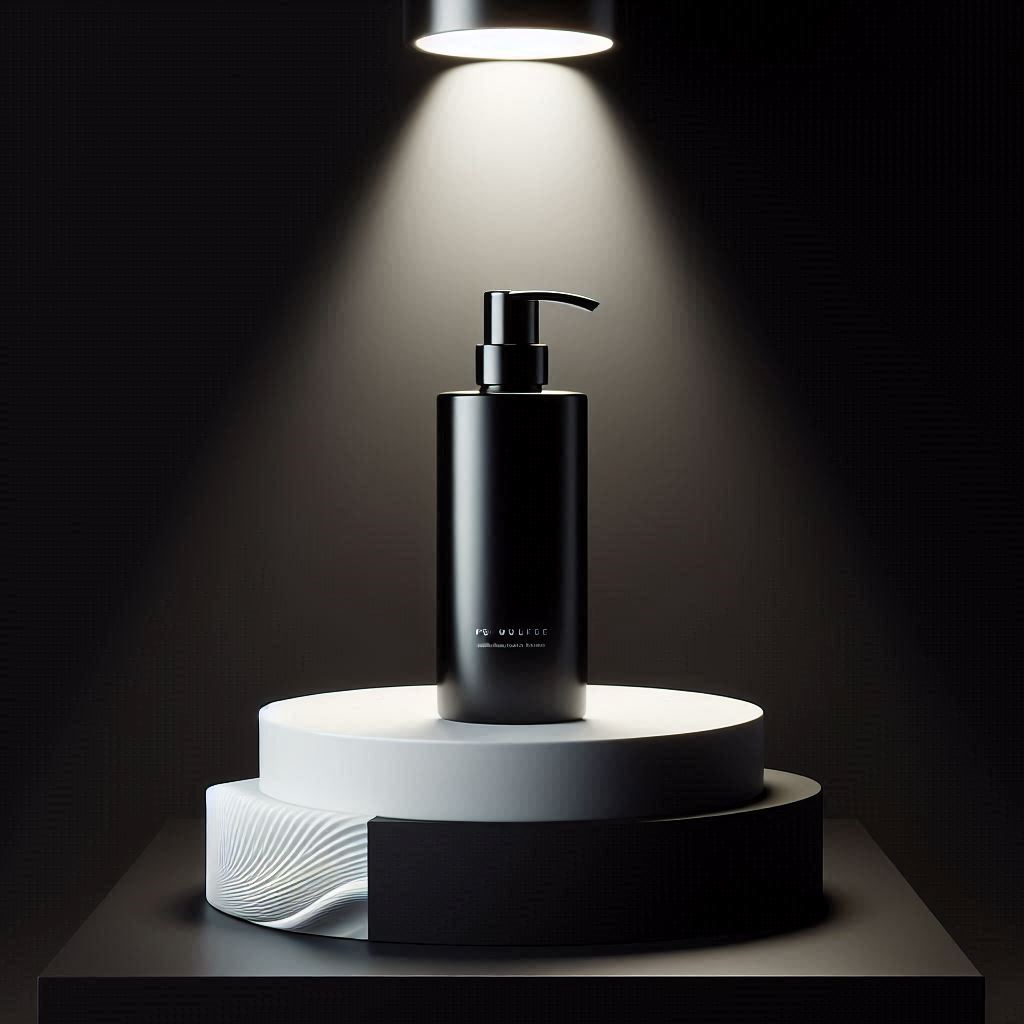
This classic and elegant combination exudes luxury, sophistication, and timelessness.
Psychology: Black represents power and elegance. White represents purity and simplicity.
Best for: High-end fashion brands, luxury goods retailers, and premium services.
Example: A luxury watch brand using black and white in its website design.
5. Friendly Yellow and Orange
This warm and inviting palette creates a sense of happiness, optimism, and playfulness.
Psychology: Yellow represents joy and optimism. Orange represents creativity and enthusiasm.
Best for: Children’s products, toy stores, and creative agencies.
Example: A toy store using yellow and orange in its website design.
6. Calming Blue and Gray

This soothing and professional combination conveys trust, stability, and intelligence.
Psychology: Blue fosters trust and calmness. Gray represents neutrality and sophistication.
Best for: Corporate websites, technology companies, and professional services.
Example: A consulting firm using blue and gray in its website design.
7. Vibrant Purple and Pink
This feminine and playful combination creates a sense of creativity, imagination, and romance.
Psychology: Purple represents creativity and luxury. Pink represents love and compassion.
Best for: Beauty brands, fashion retailers, and businesses targeting a female audience.
Example: A cosmetics brand using purple and pink in its website design.
8. Earthy Brown and Beige

This natural and organic combination conveys warmth, comfort, and authenticity.
Psychology: Brown represents earthiness and stability. Beige represents simplicity and neutrality.
Best for: Handmade goods, organic products, and businesses with a rustic aesthetic.
Example: A handmade jewelry store using brown and beige in its website design.
9. Bold Black and Red
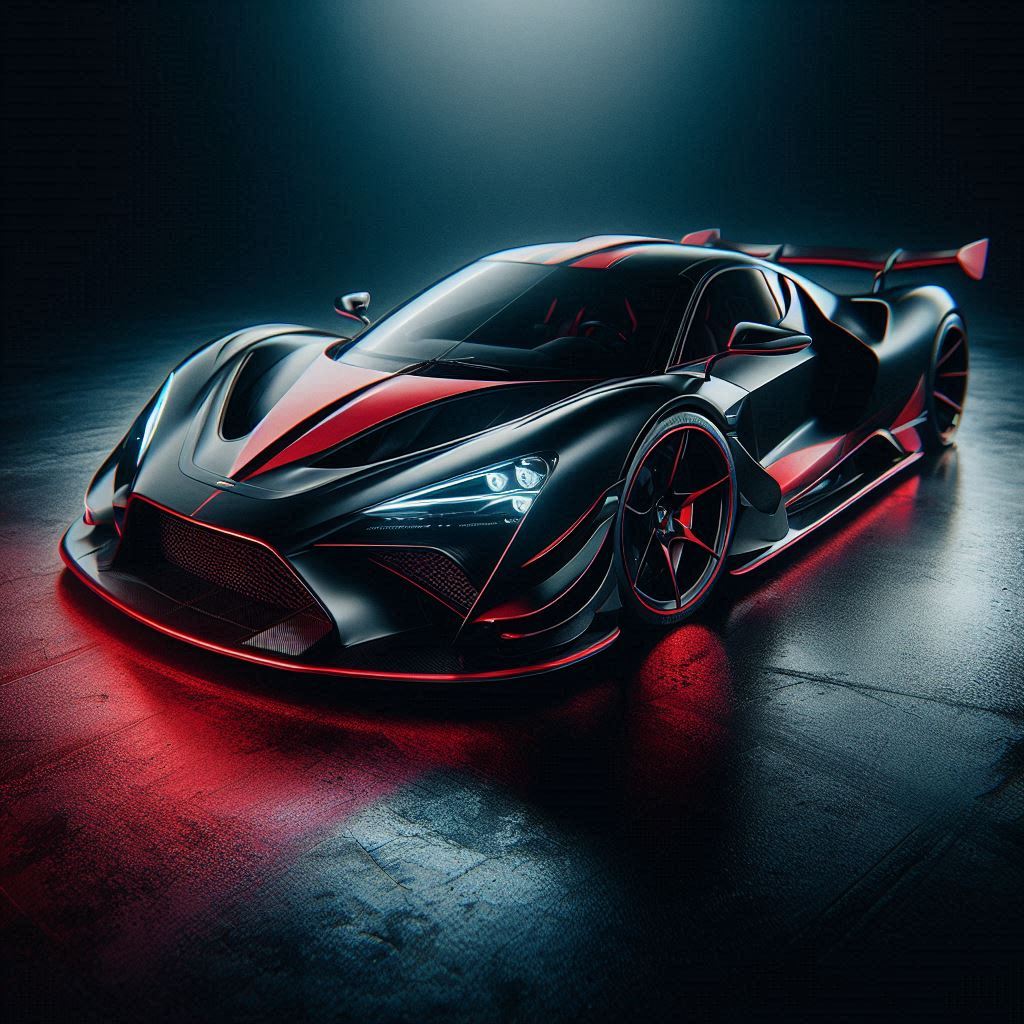
This dramatic and attention-grabbing combination exudes power, confidence, and passion.
Psychology: Black represents power and elegance. Red represents excitement and urgency.
Best for: High-end fashion brands, luxury goods retailers, and businesses that want to make a statement.
Example: A luxury car brand using black and red in its website design.
10. Modern Teal and Gray
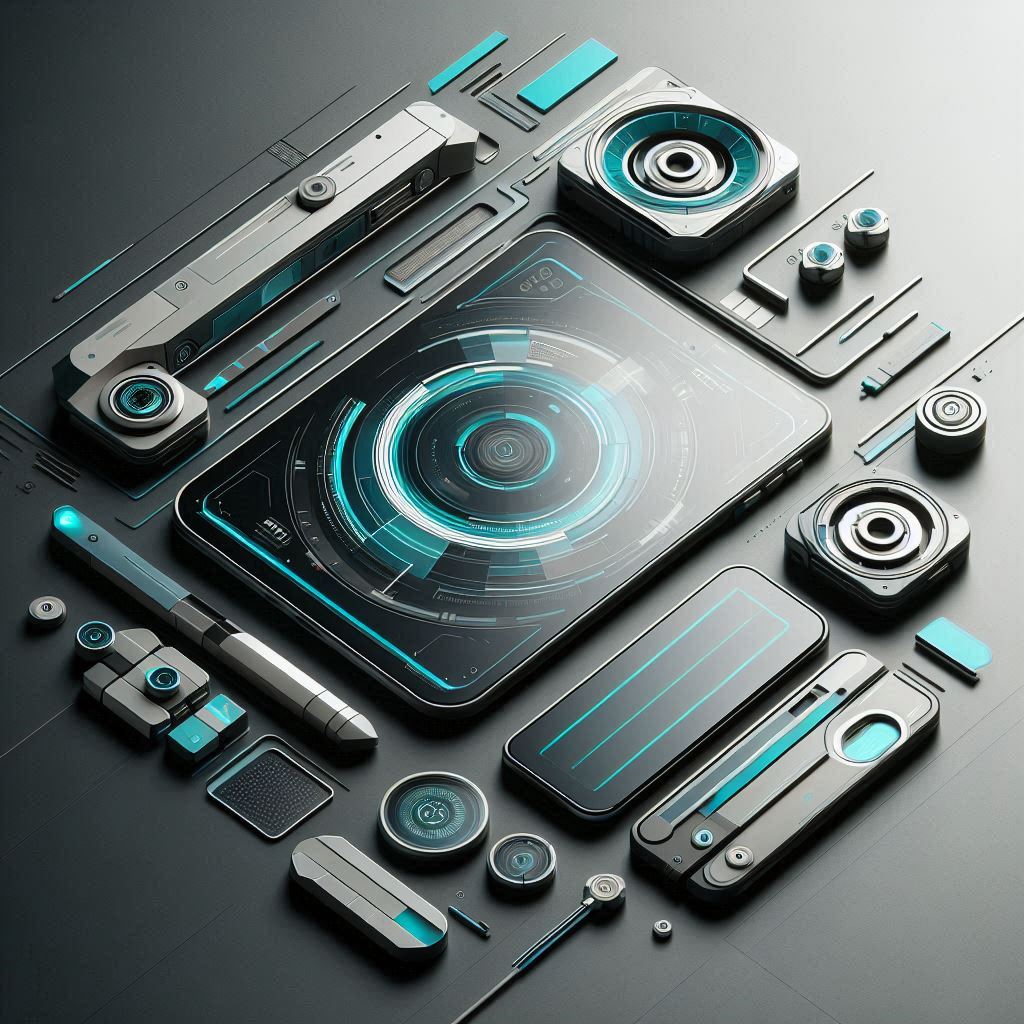
This sophisticated and contemporary combination conveys professionalism, innovation, and calmness.
Psychology: Teal represents calmness and sophistication. Gray represents neutrality and stability.
Best for: Technology companies, startups, and businesses with a modern aesthetic.
Example: A tech startup using teal and gray in its website design.
11. Minimalist White and Light Gray
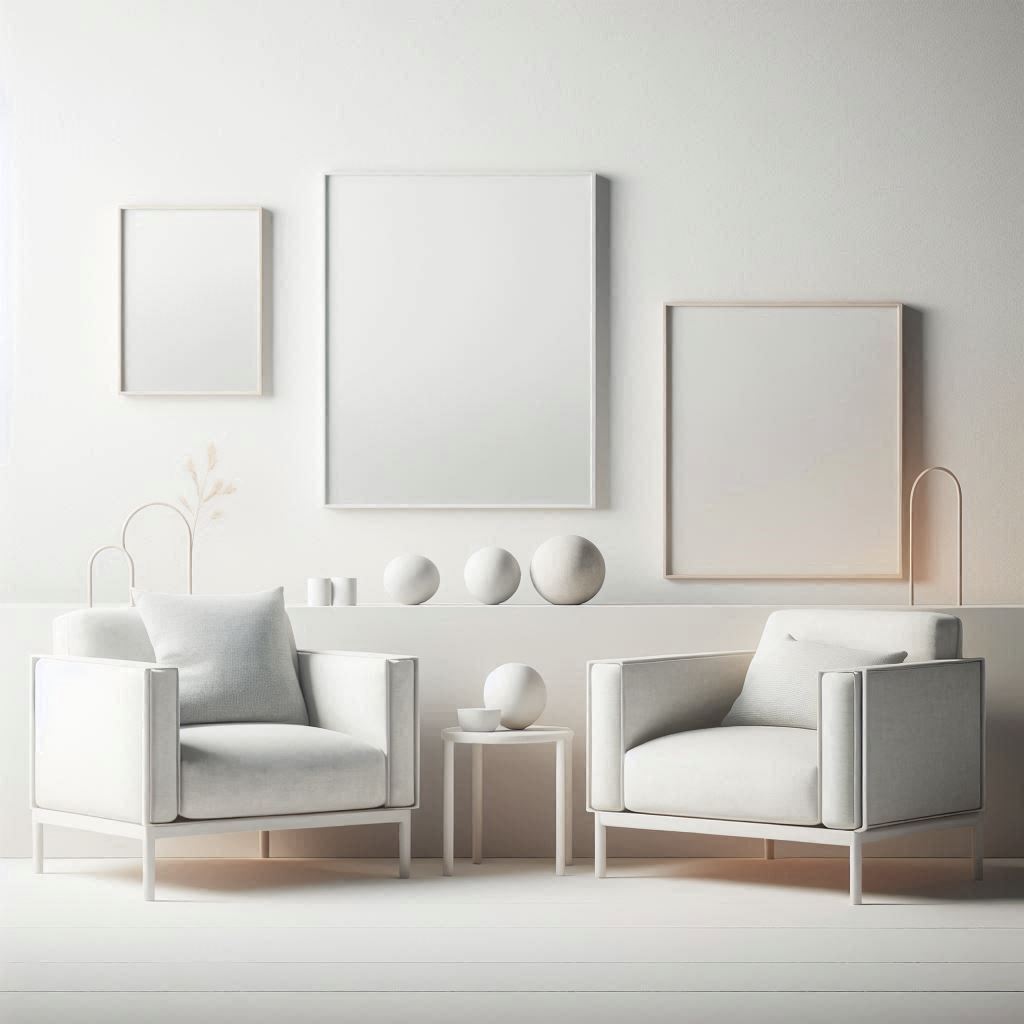
This clean and simple combination exudes elegance, minimalism, and sophistication.
Psychology: White represents purity and simplicity. Light gray represents neutrality and sophistication.
Best for: Businesses that want to project a clean and minimalist image.
Example: A furniture store using white and light gray in its website design.
How To Implement Your Chosen Color Palette
Once you’ve chosen your color palette for eCommerce website, it’s time to implement it. Here are some tips:
- Use your primary color for your logo and branding.
- Use your secondary colors for call-to-action buttons and other important elements.
- Use your accent colors sparingly to highlight key features and create visual interest.
- Ensure your color palette is consistent across your entire website.
- Test different color combinations to see what works best for your audience.
Tools for Creating and Implementing Color Palettes
- Adobe Color: A free online tool for creating and exploring color palettes.
- Coolors: Another free tool for generating and customizing color schemes.
- Paletton: A tool for creating color palettes based on color theory.
Conclusion
Your e-commerce website’s color palette is a powerful tool.
It can influence customer perception, build brand recognition, and drive conversions.

